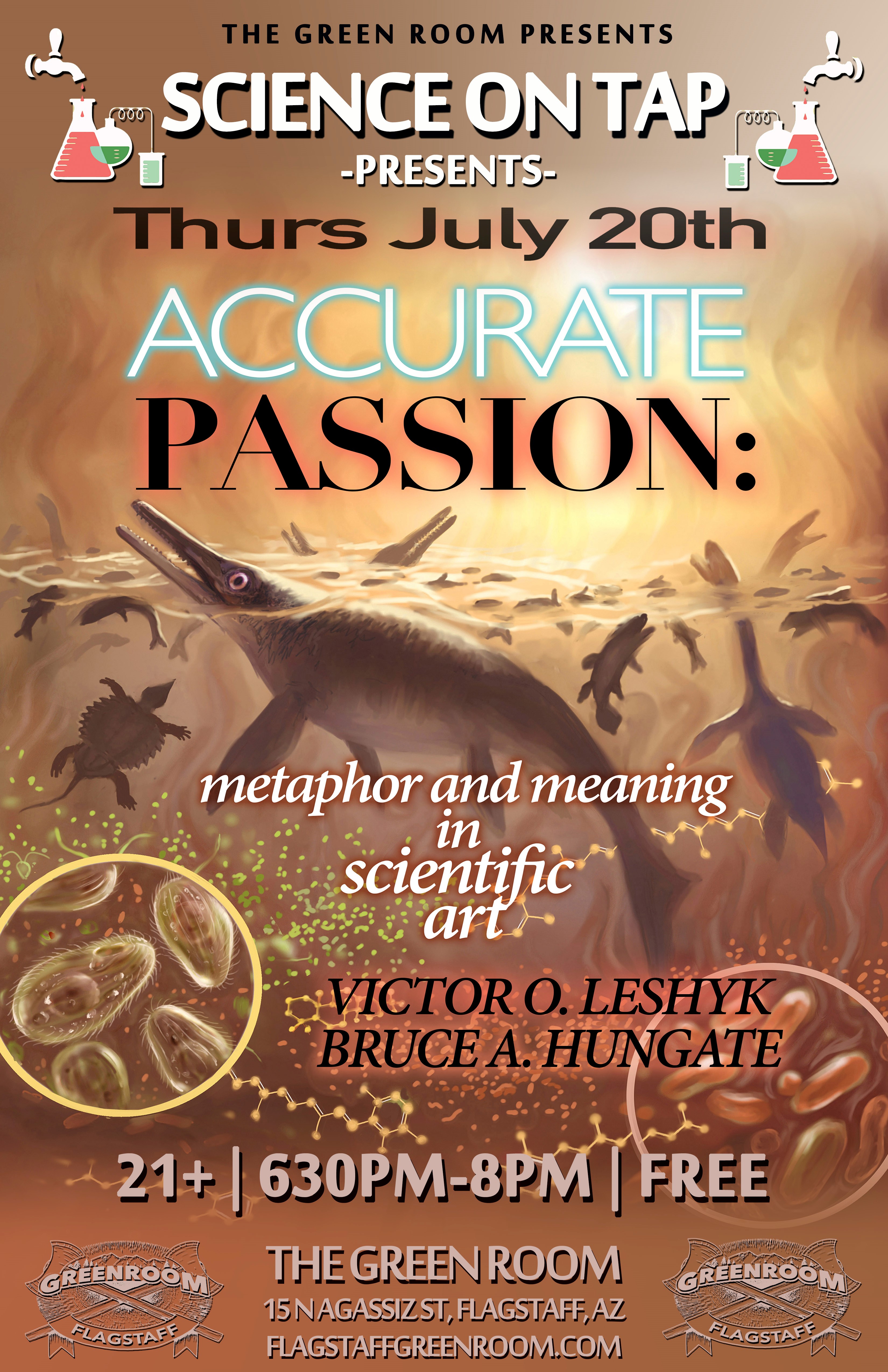Exercise conditioning decreases downstream movement of pond-reared razorback suckers released into a stream environment
Despite augmentation stocking efforts, wild populations of razorback suckers (Xyrauchen texanus) continue to decline. Endangered razorback suckers are commonly raised in off-channel ponds until maturity (approximately 300 mm TL) and then stocked into the Colorado River or its tributaries. After fish are stocked, they commonly move large distances downstream. We […]


